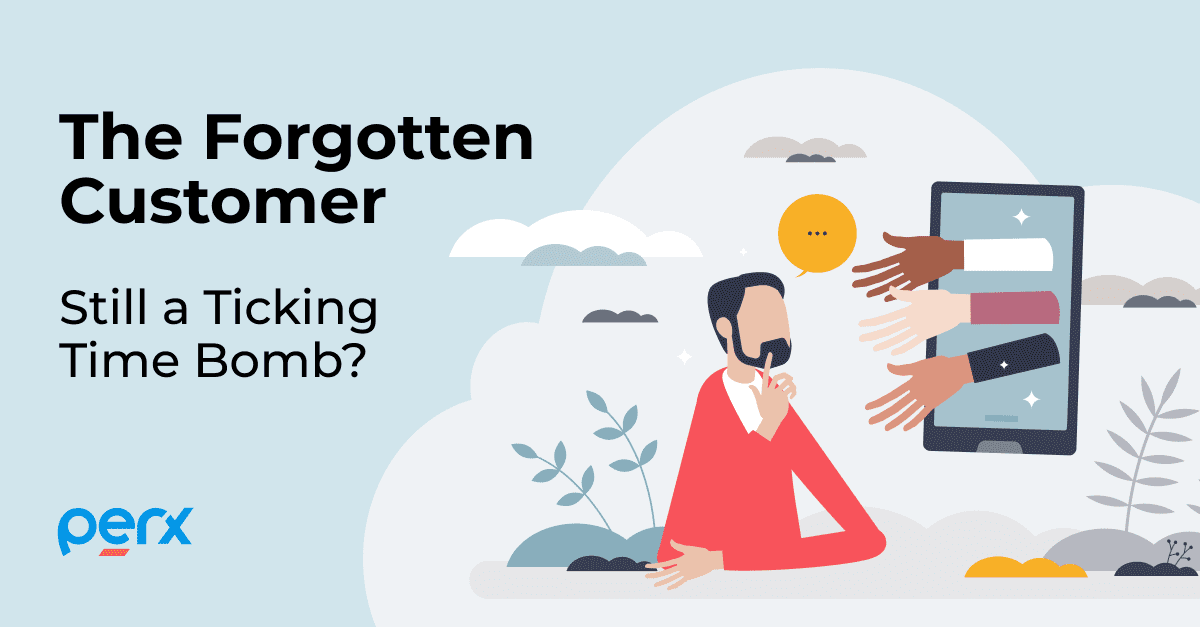
An ISO/IEC27001:2013 and ISO 27018:2019 certified cloud solution

© 2025 Perx Technologies. All rights reserved.

Just over a century ago, Albert Einstein published his theory of special relativity, proving through his famous equation E = mc² that mass is a concentrated form of energy. The two are interchangeable — even a tiny amount of mass can release enormous energy.
What if that same principle applied to customer loyalty? What if loyalty itself contained energy — a force that, when activated, generates exponential business results?
In other words, the cost of a loyalty program should have the potential to create vastly greater profits from deeper customer engagement.
At Perx, we like to think of the ROI of customer loyalty programs and engagement as a new equation for modern brands:
Engagement = Motivation × Customer Loyalty².
Let’s unpack that.
Motivated customers are the cornerstone of any successful customer loyalty program. They’re driven not just by tangible rewards – like cashback, discounts, or exclusive access – but by experiences that make them feel connected to your brand.
Tiered programs, gamified interactions, and personalized campaigns all nurture this emotional connection. Even small improvements to how you motivate your customers can spark major results.
As Einstein might say: “Motivation moves mountains; minor program changes make major monetary gains.”
In business terms, this is what we call Return on Investment (ROI) — and loyalty, when engineered intelligently, has one of the highest ROIs in marketing.
Tiny shifts in design and experience often deliver the biggest loyalty dividends. Examples include:
Deeper brand connections go beyond simple transactions by adding personal touches and an emotional element to the program, creating lasting memories. Surprisingly, many loyalty programs still make customers work hard for their rewards – confusing interfaces, manual steps, or clunky apps. Friction kills engagement; simplicity fuels loyalty.
Together with motivation comes loyalty, or as Albert Einstein put it, Engagements (E) make motivation (m) and customer (c) loyalty(2) interchangeable forms of the same thing.
However, what is loyalty?
In the world of customer engagement, loyalty is an ongoing emotional connection that drives repeat behavior, advocacy, and trust. It’s not points – it’s participation.
When loyalty is squared – in other words, when both rational (value) and emotional (connection) dimensions are active – it creates compounding energy across the customer lifecycle:
Advocacy: Customers champion the brand publicly.
Community: Loyalty becomes social currency.
Efficiency: Retaining customers costs far less than acquiring new ones.
Data & insight: Every interaction reveals behavioral patterns for smarter engagement.
That’s why modern loyalty isn’t just a marketing expense – it’s a growth engine.
As pointed out above, commercial enterprises largely focus on the efficiency of loyalty programs; in other words, they measure the financial success of a program by comparing the incremental profits generated from loyalty program members against the total costs of running the program.
However, in reality, the challenges start from the word go as the initial RoI has and can have many different meanings beyond expressing return on investment in percentage or dollar terms. They not only depend on the factors to be considered (just to name a few below) by also on the audience within the organisation.

When Einstein first introduced relativity, his peers struggled to believe it – until years later, when evidence proved him right. Launching or reinventing a loyalty program often feels the same.
As outlined above, many different Rs need to be brought into correlation with different Is. Only when doing so can the different needs and challenges of an organisation be identified and addressed in terms of engagement, even if the necessary skills and expertise are not immediately available within the organisation.
There is a substantial body of evidence that implementing an effective loyalty program offers clear opportunities to lower costs, grow revenue by up to 20%, and secure a durable competitive advantage. Furthermore, different improvements coming from AI will be able to cater for people want more and more personalized rewards, content, and exclusive experiences.
Skepticism from finance, IT, or procurement is natural. That’s why change management is as essential as technology.
Here’s what works:
With the right structure, even the most complex organizations can turn hesitation into high-velocity engagement.
Every loyalty initiative follows its own physics — but three universal laws always apply:
By fostering a culture of collaboration, clarity, and accountability, organizations can overcome internal barriers and realize the full energy of customer loyalty.
Don’t let your loyalty efforts fade into the cosmic background noise. Harness relativity: start small, think big, and let every bit of engagement radiate exponential returns.
Just as mass and energy are interchangeable, so too are engagement and loyalty. As Einstein said, “If you can’t explain it simply, you don’t understand it well enough.”
Likewise, if your loyalty program can’t be explained without a 50-page manual, it won’t keep anyone loyal — except maybe to confusion.
At Perx, we believe loyalty should be simple, human, and measurable. Because when engagement meets motivation, growth becomes a universal constant.

Blogs

Sustainability

Blogs

Blogs

Blogs

Perx Technologies Pte Ltd
20A Tanjong Pagar Road
Singapore 088443
An ISO/IEC27001:2013 and ISO 27018:2019 compliant cloud solution



© 2025 Perx Technologies. All rights reserved.
© 2025 Perx Technologies. All rights reserved.

Hey! Shashank